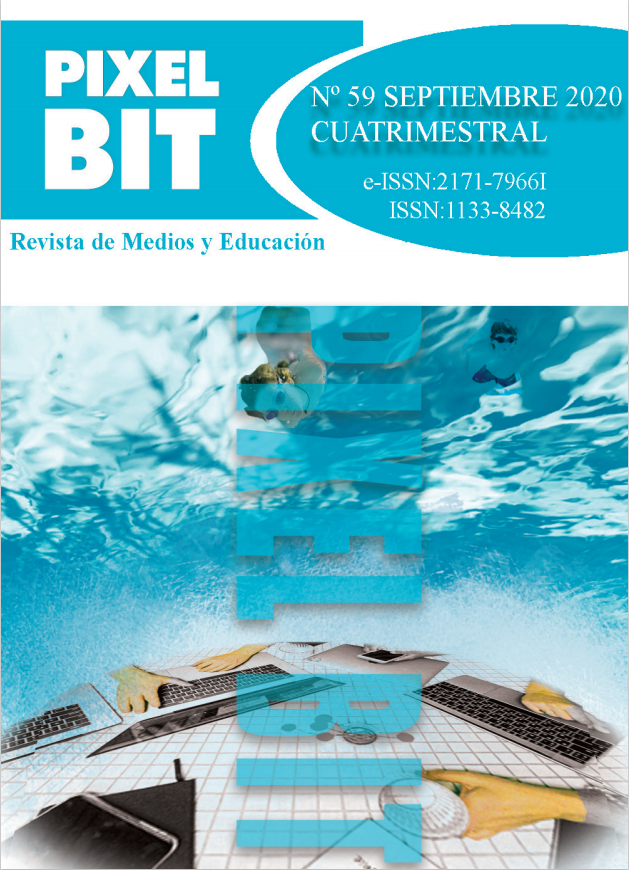Resumen
Analyzing the flow of movement that occurs in social networks is gradually acquiring greater relevance in the scientific community, which allows us in the first instance to establish the type of information “moving” within it significance and also to analyze in detail the flow of information that occurs in it. The article presents the process of creating a virtual community through the program Google+, which is found within the R&D research project “Augmented Reality to Increase Training (RAFODIUN)” granted by the Ministry of Science and Innovation of the Government of Spain (key: EDU2014_57446P). The analysis is carried out from different perspectives ranging from nationality analysis of the participants, their gender, the volume of participations, the type of resources located, their content, and references to the educational context of the messages provided by the members. The replicas and counter-replies offered by the participants in the same message are also observed, as well as the usage of the option +1 provided by Google+ on the part of the community members. The network is analyzed under a bipartite network model with the Pajeck program. One of the main conclusions that has been reached is the need to establish dynamizations so that the network is in a continuous flow of information.

